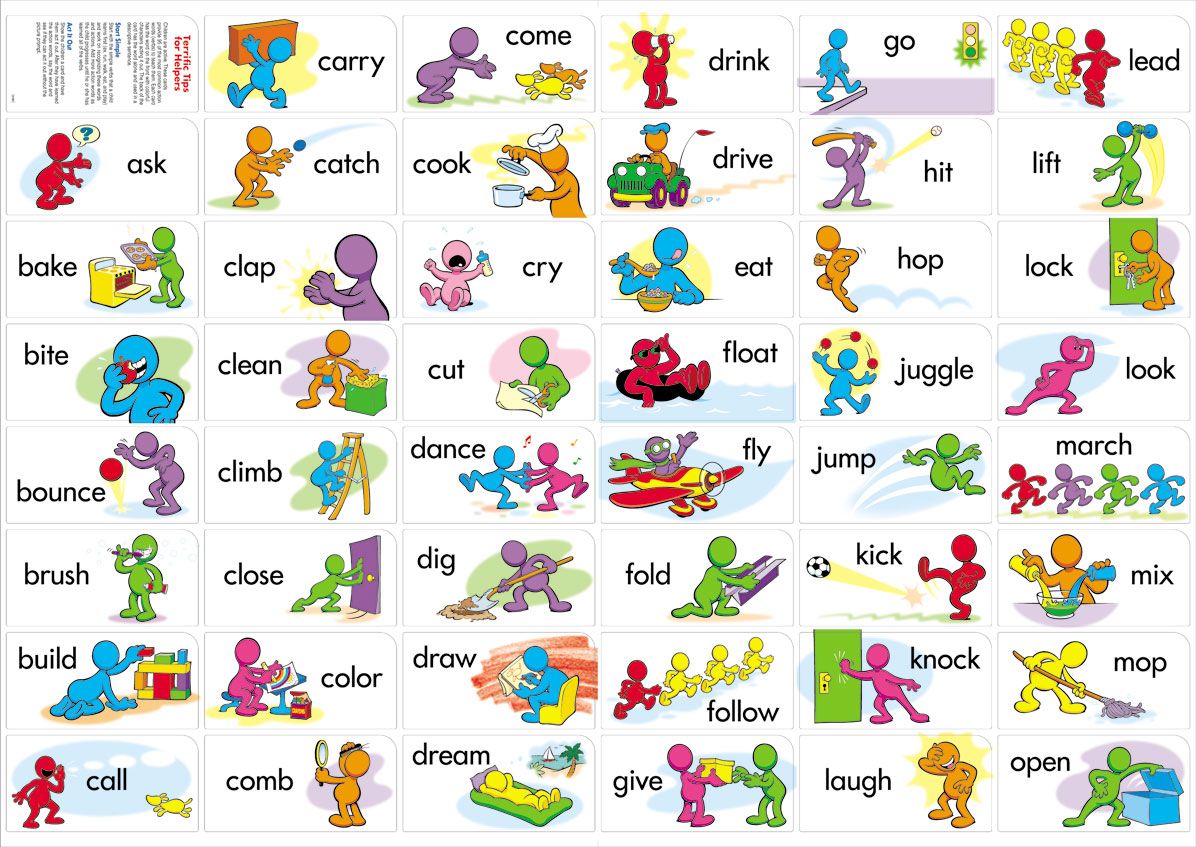Vocabulary cards filipino to english used to be most often made from small thick sheets of paper, on one side of which they wrote a word in a foreign language, on the other – its translation into their native language. Nowadays, vocabulary cards are increasingly being created using various online services, the most popular of which, it seems to me, is Quizlet (you can read about other similar services here).
When creating vocabulary cards, you should be guided by the same principles as when maintaining vocabulary notebooks, namely, write down new words in context, in various phrases and constructions. At the same time, the translation of the word into the native language is not obligatory.
Cards have a number of advantages over vocabulary notebooks: they are easier to navigate, they can be sorted into different groups, and they are convenient to carry around. You can come up with various games and tasks involving the use of cards. But they also have a number of disadvantages. When students accumulate a large number of cards, they begin to lose interest in them. But the main drawback is that not all expressions are convenient to study in this way. So, if everything is usually quite simple with nouns (we write a definition or translation, words with the same root, often used adjectives that act as definitions, and the most common constructions with verbs), then what to do with expressions such as It goes without saying that …., the long and the short of it, don’t get me wrong, and so on? It seems to me that it makes no sense to create cards with similar phrases, since it will be inconvenient to repeat them.



